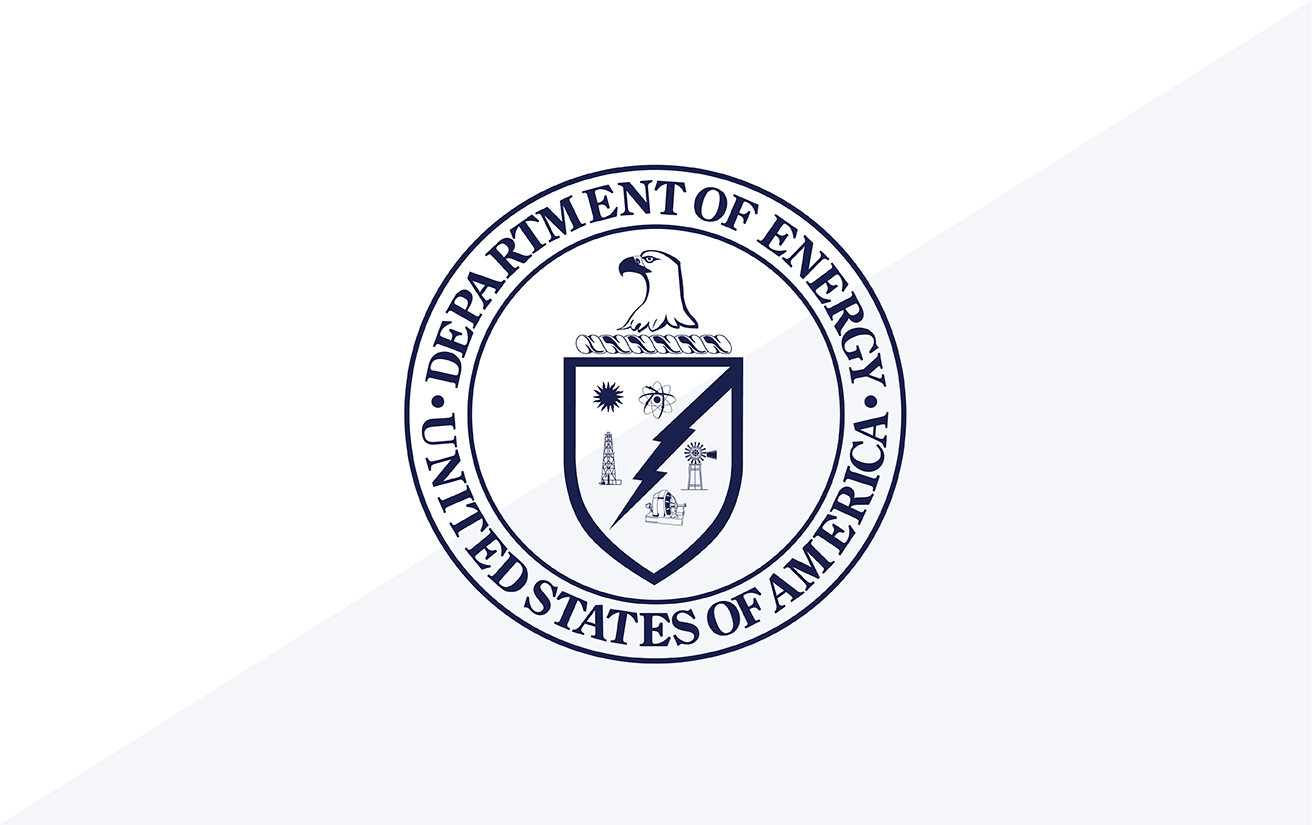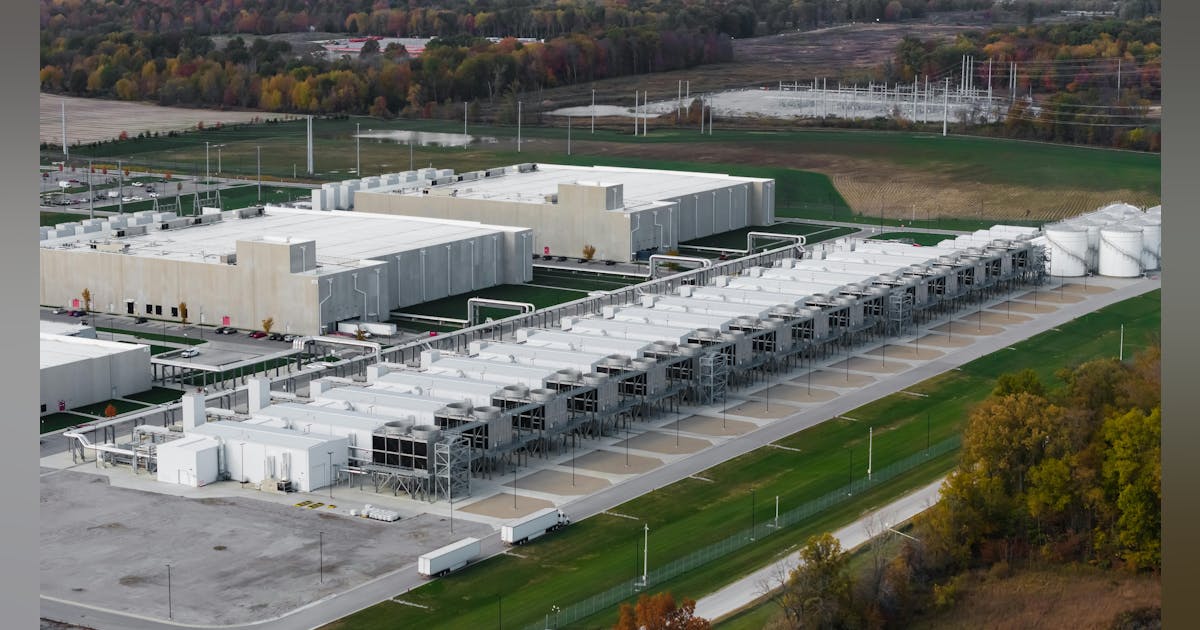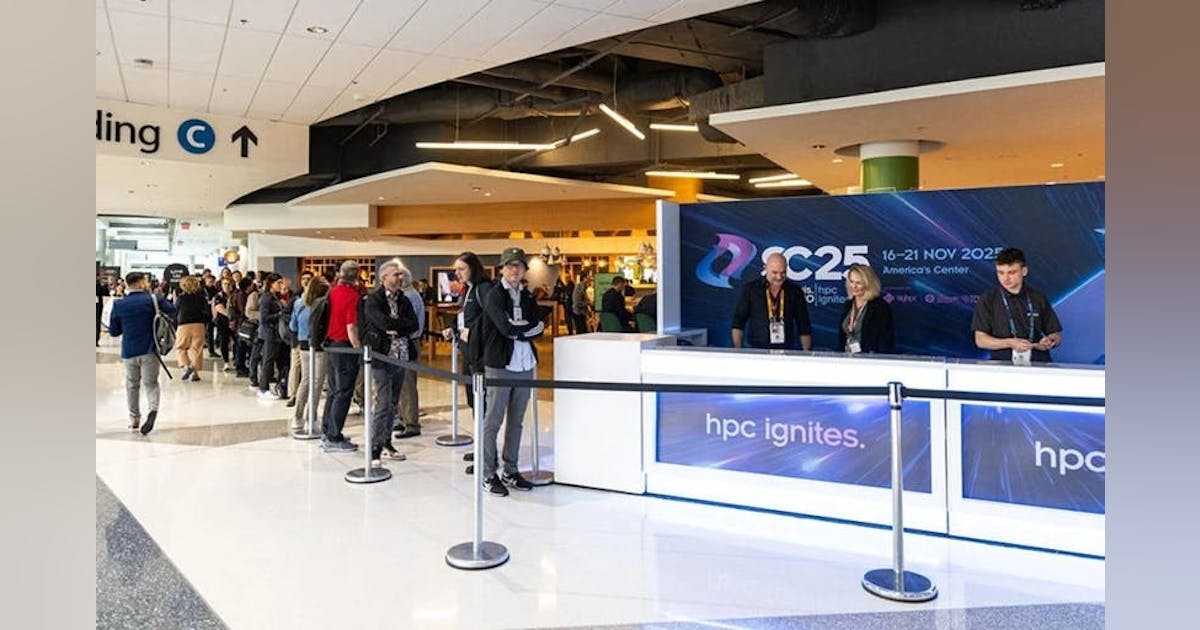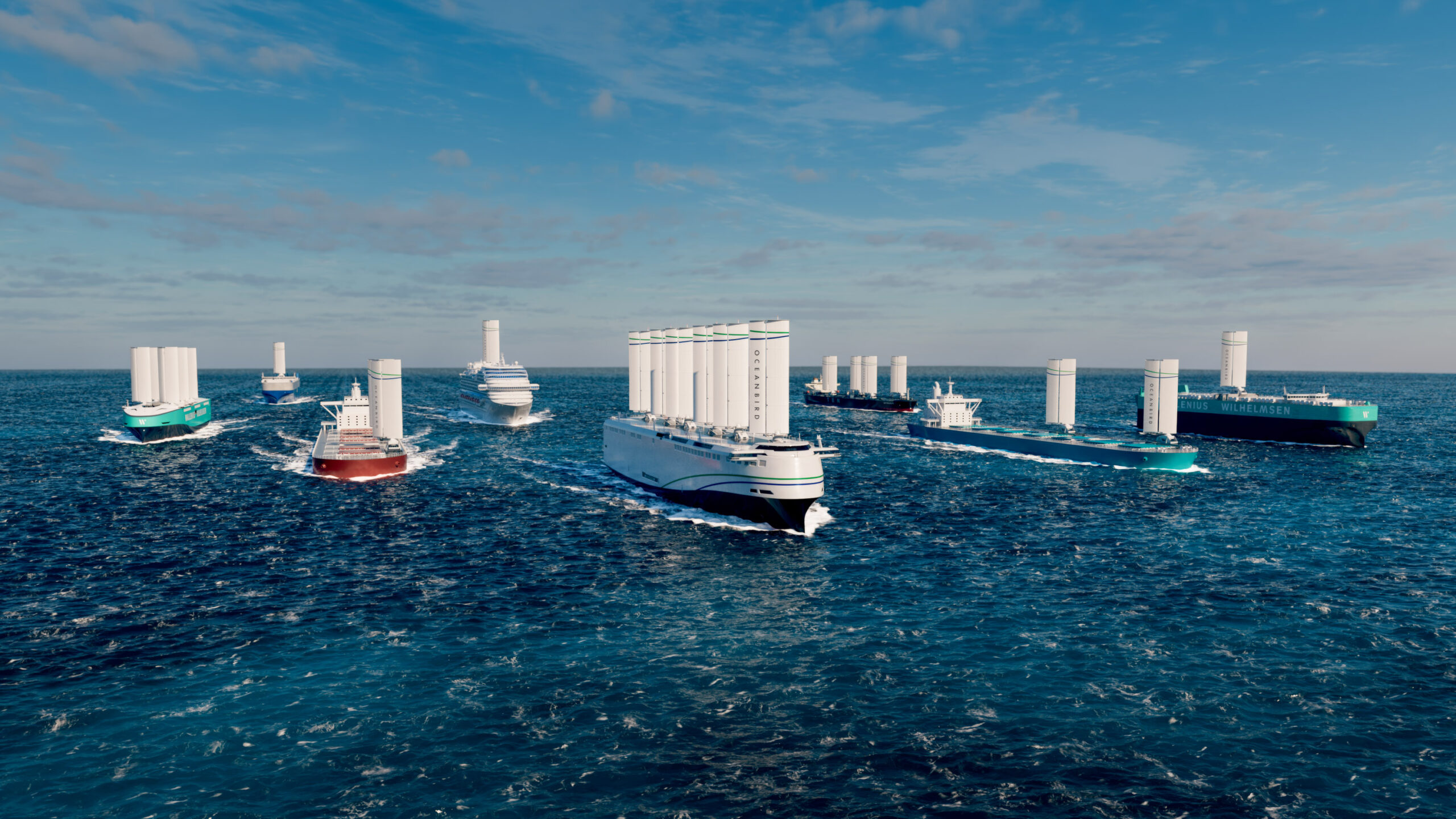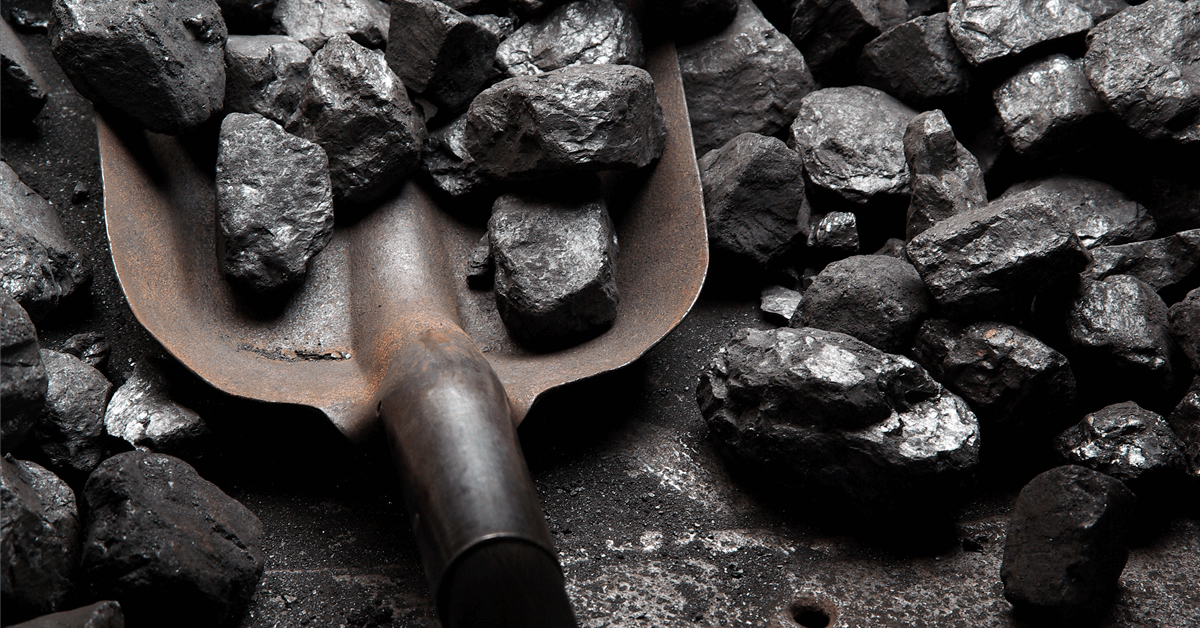
Coal producer Alliance Resource Partners LP (ARLP) has reported $16.3 million in net income for the fourth quarter of 2024, down 86 percent compared to the same three-month period a year ago as volumes and prices fell. Net profit also dropped 81 percent sequentially.
The Tulsa, Oklahoma-based company, which also owns coal, oil and gas royalty stakes, sold 8.42 million tons of coal at $59.97 per ton in the October-December 2024 period, according to results it published online.
In the same quarter in 2023, ARLP sold 8.61 million tons of coal at $60.6 per ton. In the third quarter of 2024, ARLP sold 8.38 million tons at $63.57 per ton.
Fourth-quarter revenue dropped 5.6 percent year-on-year and 3.8 percent sequentially to $590.1 million. ARLP attributed the year-on-year decrease to lower coal sales volumes, which declined 2.3 percent. It blamed the quarter-on-quarter decrease on weaker coal sales prices, which slid 5.7 percent partly due to lower export price realizations.
Besides lower revenue, ARLP said the year-on-year decline in quarterly net earnings was due to “higher per-ton operating expenses, which include $13.1 million of non-cash accruals for certain long-term liabilities, and $31.1 million of non-cash impairment charges in the 2024 quarter due to market uncertainty at our MC Mining operation, partially offset by a $14.0 million increase in the fair value of our digital assets”.
Meanwhile the sequential fall in quarterly net profit was due to “lower revenues and higher non-cash accruals relating to certain long-term liabilities and impairment charges in the 2024 Quarter, partially offset by an increase in the fair value of our digital assets”.
Quarterly adjusted earnings before interests, taxes, depreciation and amortization (EBITDA) came at $124 million, compared to $185.4 million for the fourth quarter of 2023.
“Adjusted EBITDA for the 2024 quarter decreased 27.2 percent compared to the sequential quarter [third quarter of 2024], as a result of higher non-cash accruals for certain long-term liabilities in the Illinois Basin, higher expenses related to the continuation of challenging geological conditions at our Tunnel Ridge and MC Mining operations in Appalachia, and lower revenue per ton for spot coal sold and per BOE [barrel of oil equivalent] in the royalties segment”, ARLP said.
In its royalties segment, ARLP logged coal sales of 5.49 million tons with $3.23 of revenue per ton sold. In oil and gas, it recorded 823,000 barrels of oil equivalent (boe) in volume, sold at $36.94 per boe.
Full-year revenue fell 4.6 percent to $2.45 billion mainly due to lower coal sales volumes.
Full-year net profit totaled $360.9 million, down from $630.1 million for 2023 due to “lower revenues, increased operating expenses and non-cash impairment charges, partially offset by a $22.4 million increase in the fair value of our digital assets”.
Full-year adjusted EBITDA fell from $933.1 million for 2023 to $714.2 million.
“Due to the continued strength of our coal contracts, our average coal sales price per ton for the 2024 full year of $63.38 came close to the record level achieved in the 2023 full year of $64.17”, said chair, president and chief executive Joseph W. Craft III. “However, lower sales volumes, higher operating costs and several non-cash accruals caused 2024 full-year financial results to fall short of last year’s record revenues and net income.
“The cold winter weather at the start of this year has driven higher natural gas prices and increased coal consumption in the eastern United States, helping reduce inventories. We are seeing customer solicitations for both near-term and long-term supply contracts, and if the colder weather continues to be above normal, we are hopeful we can reach our goal to ship 30 million tons to the domestic market in 2025.
“Having substantially completed major infrastructure projects at Tunnel Ridge, Hamilton, Warrior, and River View in 2024, we expect to see improved costs and productivity along with reduced capital spending this year.
“Additionally, the combination of cold winter weather and new LNG export terminal capacity should support strong domestic natural gas prices in 2025, benefiting both our Coal and Royalties segments.
“The increase in forecasted electricity demand, particularly from data centers and growth in AI, is highlighting the inadequacy of current resource plans without extended use of fossil fuel plants. “These market realities, coupled with what we expect to be a more favorable regulatory environment, are laying the foundation for Alliance to continue serving as a cornerstone of the country’s reliable electricity infrastructure for years to come”.
ARLP declared a quarterly cash distribution of $0.7 per unit, or $2.8 per unit annualized.
To contact the author, email [email protected]






